Energy is one sector where the experts just can’t seem to get it right.
That’s a trend my colleague Brett Owens has been watching for a long time. In a March article, he warned that too many investors were bullish on oil, and the hedge fund “experts” betting on an imminent price breakthrough were wrong.
Since then, oil prices, oil stocks and energy funds have fallen sharply, leading energy to post year-to-date losses while every other asset class is up:
Energy Takes a Dive
It doesn’t matter how you played energy; the Alerian MLP ETF (AMLP) was the best performer, but even that was negative, while the more oil-exposed Energy Select Sector SPDR ETF (XLE) …
Read more

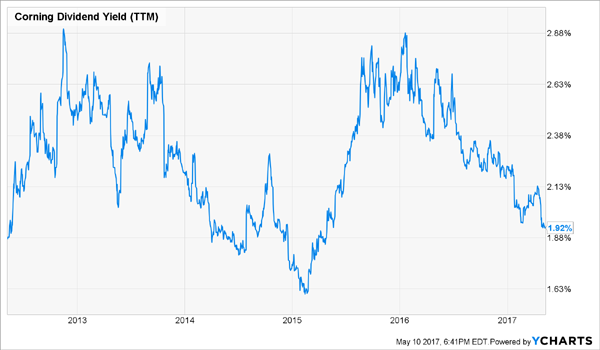
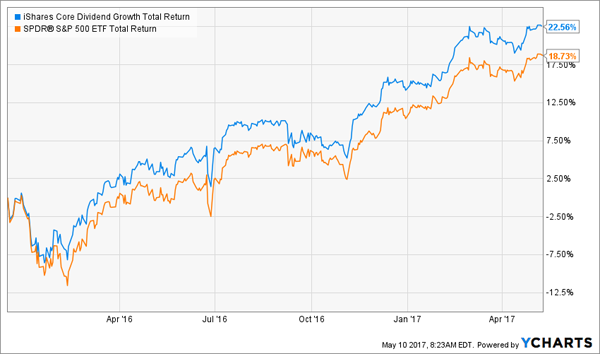
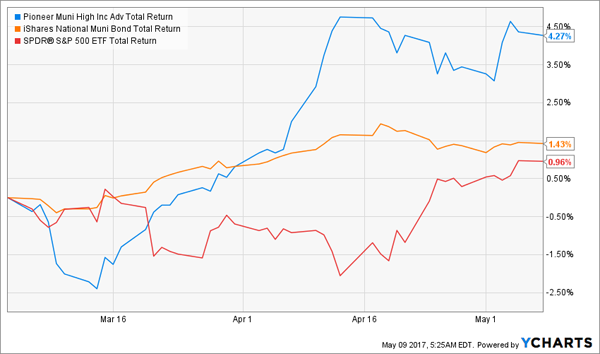
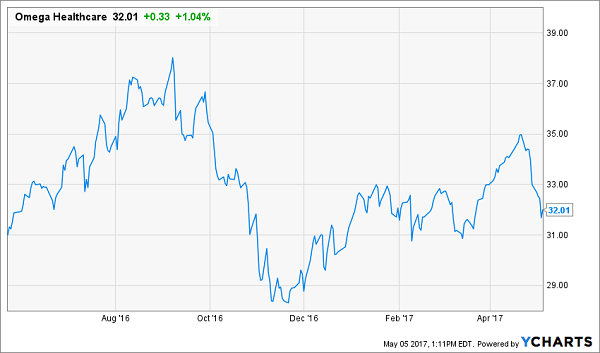
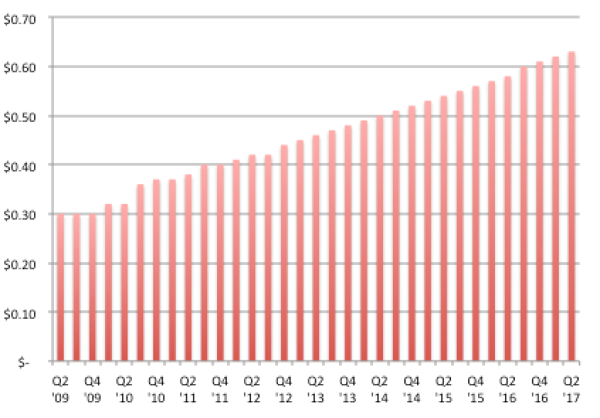
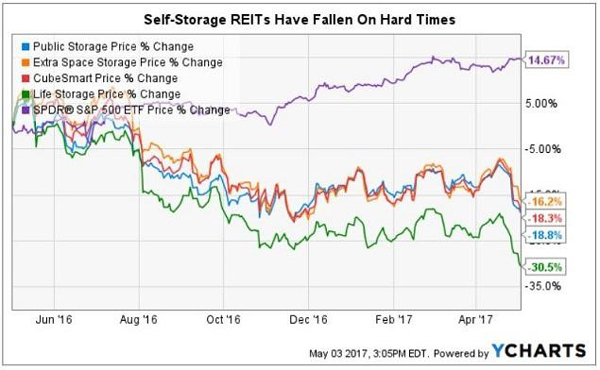
Recent Comments